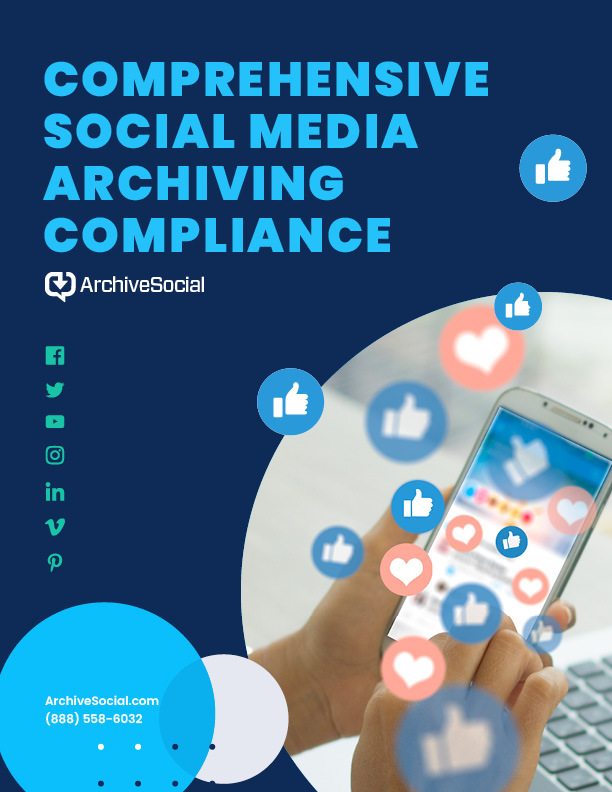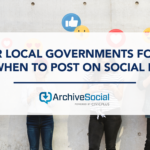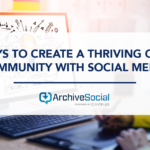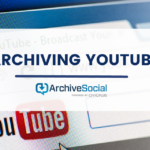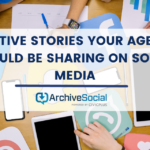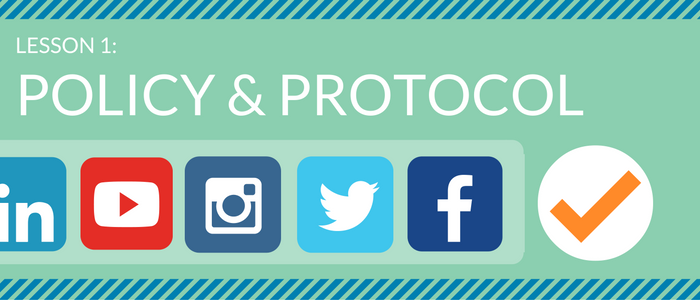
Welcome to day one of the Social Media Crash Course for Government Communicators!
Today we’ll cover the basics of the two most commonly used social platforms for government — Facebook and Twitter. But before we dive into platform specifics, we’ll discuss an essential component for government social media success — a good social media policy.

Already have a policy in place? Great! But every policy can use an update now and then, so use this opportunity to take a fresh look at yours.
Putting Together Your Policy
A good social media policy has both internal and external components. The internal section provides guidance for employees posting to your sites, and includes a protocol for launching new social media pages. Agencies who fail to develop an internal policy open the door to potential PR and legal headaches including neglected pages that reflect poorly on the agency, or inappropriate posts and comments by employees.
The external portion of a government social media policy establishes acceptable use guidelines for the public, and should include a disclosure regarding the preservation of content for public records law compliance. Clearly outlining these parameters, and having a means to enforce them, enables your agency to maintain civil discourse on your social media sites.
The good news is that you don’t need to start from scratch or create a ten page policy that covers every conceivable scenario. Most internal policies we’ve seen are only a page or two, and external policies are often even shorter than that. You can typically find examples of government social media policies on the “About” tab of their official city Facebook pages.
Better yet, you can grab our Social Media Policy Template for Government by clicking here to download (pdf), and benefit from the best practices of dozens of state and local governments condensed into one document that can be modified for your specific needs.
There’s been a great deal of debate as to whether a government agency has the right to delete or hide public comments on official pages, or if doing so is a violation of the First Amendment.
The existing case law on the topic is limited, but having a policy in place that effectively defines your Facebook page as “limited public forum” rather than a “traditional public forum” can go a long way towards protecting an agency from lawsuits.
We’ll cover this topic in depth in the days ahead, but for a quick primer on the differences between these forums, check out page two of this paper from the California Institute for Local Government.
Figuring Out Facebook
If you’re wondering where to start on social media, Facebook is the obvious choice. With over 1.7 billion monthly active users, Facebook is by far the most popular social network with more members than Tumblr, Instagram, Twitter, and Snapchat combined.
The challenge with Facebook is that you can’t create a page and just wait for the likes to roll in. Every post competes for space and attention in the newsfeeds of citizens, and the cold hard truth is that Facebook’s algorithms are designed to favor photos of your aunt’s new puppy over the latest water quality report from the local DEP. You’ll need a strategy to cut through the noise and effectively reach your citizens.

One final note about Facebook is that the rules of engagement are constantly evolving. For example, it wasn’t very long ago that governments or businesses who wanted to have a presence on Facebook had no option other than to create a personal profile for their agency. Now Facebook is actively shutting down profiles that don’t represent real people, including those created and maintained by government agencies. If you need help transitioning older Facebook profiles to official pages, read this helpful post.
Tips for Twitter
Twitter has hit a few rough patches lately, and it lags behind blogging site Tumblr and photo sharing giant Instagram in terms of daily users, but nothing beats Twitter when it comes to amplifying the reach of a message. The beauty of Twitter is that anyone can view tweets without having to be a member of the platform, which means citizens can easily turn to Twitter as a source of information in a crisis. Twitter also rewards brevity and clarity — two qualities often lost in more traditional forms of communication.
Law enforcement agencies are some of the most active Twitter users, and many departments have perfected the art of persuasion in 140 characters or less. One notable early adopter of Twitter is the Dunwoody Georgia Police Department, whose social media presence is an inspiration to law enforcement agencies across the country. The department, lead by social media pioneer Chief Billy Grogan, has been using Twitter since 2009 to solicit crime tips, share emergency information, and highlight the human side of their officers — a practice that helps build community/police relations.
Chief Grogan was kind enough to share some of his most valuable insights for public agencies that want to get the most out of Twitter. We’ve compiled these top tips into a handy one-page sheet for you. You can download your own copy by clicking here (pdf).
These resources will help you get your agency going on the most crucial social networks out there. Even if you are already on Twitter and Facebook, you’ll probably find something in them that you haven’t thought of before, so go ahead and grab them while you’re here.
Looking ahead
Do you have a plan for handling controversial citizen comments or unwanted internet trolls? Do you know when it’s best to respond to, hide, or delete a comment on social media?
Stay tuned for your next lesson in government social media knowledge, where we’ll dig into the key strategies you need for moderating comments and tackling trolls!
Want more government social media knowledge right now? Check out all of our free resources for public agencies. And if you’re curious about ArchiveSocial’s social media archiving platform, start your free trial today.
We’d also like to invite you to contribute to the growing body of knowledge for government communicators by joining our new Facebook group: #GovClub. We created this space for public agency employees to discuss tips and strategies for communicating on social media. We can’t wait to see you there!


